Hoses on hydraulic cylinders are the veins through which the hydraulic fluid flows. The hoses supply the cylinders with the liquid power they need to perform the difficult tasks that they were designed for. There are many different types of hoses suited for specific applications. Before exploring the different types of hydraulic hoses, you need to understand what makes them different and when to use them in a hydraulic system.
HYDRAULIC CYLINDER HOSE
The hydraulic hose is graded by the amount of pressure, the temperature and the types of fluid it’s compatible to handle. The hydraulic hose has to withstand at least an average of 3,000 psi and extreme temperatures. Hydraulic hose is specified by the inside diameter of the hose and this dimension does not change like pipes and tubes. Hoses for higher pressure ratings tend to have a larger outside diameter. The working pressure should be equal to or greater than the maximum operating pressure of the hydraulic system.
WHEN SHOULD YOU USE A HYDRAULIC HOSE?
Hydraulic hose is used when hydraulic pipes, usually used for low-pressure applications, will not do. It provides flexibility for the operation of your machine. All heavy machinery requires some sort of flexibility in its movement, making hydraulic hosing of critical importance. Rigid pipe or tubing can cause problems for cylinders with pivot mountings or any connection between separate units but hydraulic hose solves this problem.
The flexibility of the hose allows all the components of the hydraulic system to be placed in convenient and efficient positions because the hose can be used in areas of limited space. When using a hydraulic hose it’s important to know the bend radius of the hose as failing to comply with the minimum bend radius can cause hydraulic failure. The hydraulic hose does however have some disadvantages:
- The weakest part of the hydraulic hose is the point where a fitting connects with the hose.
- It is expensive and must be inspected regularly and replaced if necessary because it stretches and flexes under the regular pressure surges it will experience in the hydraulic system.
TYPES OF HOSES
There are a multitude of different types of hoses made out of varying materials. The following is the most commonly used hoses in hydraulic systems:
STANDARD HIGH-PRESSURE HOSE:
Image credit: QIANLI: https://www.thehydraulichose.com
They are flexible synthetic rubber hoses used in the agricultural and mining industries. These hoses are suitable for transporting mineral and hydraulic oil, fuel oil and water-oil emulsions.
LOW-PRESSURE HYDRAULIC HOSE:
Image credit: QIANLI: https://www.thehydraulichose.com
These are highly flexible textile-braided hydraulic hoses and are regularly used as anti-static delivery lines or return lines. Return lines are an essential part of a hydraulic system. They are used to bring the hydraulic fluid back to the pump where the pressure is then released. Less expensive hoses will usually be able to do the job, although if they are not replaced in time or regularly maintained, they can cause a breakdown in the hydraulic system.
STEEL WIRE-BRAIDED HYDRAULIC HOSE:
Image credit: QIANLI: https://www.thehydraulichose.com
These hoses come in either a single or a double wire-braided version. They are made to be extra durable and withstand extreme temperatures of -40°C to +125°C and function under extremely high pressures. The steel wire-braided hydraulic hoses are used in the mining industry and heavy industrial applications.
STEEL REINFORCED TEFLON HYDRAULIC HOSE:
Image credit: Parker: https://ph.parker.com/us/
Also known as PTFE hydraulic hose. These hoses are ideal if you want to cut down on the weight of your application but you are still looking for a durable and strong hose. This hose can handle 5500 psi and is thus recommended for high-pressure hydraulic oil lines. Teflon reinforced hydraulic hose is more heat resistant than rubber hoses because of the high melting point of Teflon.
THERMOPLASTIC HYDRAULIC HOSE:
Image credit: QIANLI: https://www.thehydraulichose.com
Thermoplastic hydraulic hoses are thinner compared to rubber hoses with the same inside diameter. These hoses are resistant to abrasion and to a wide range of chemicals. The inner layer and outer layers are made from thermoplastic material and the middle layer reinforces the hose with a synthetic fibre mesh. Thermoplastic hoses are used for lubrication lines, heavy construction and hydraulic lift equipment.
CONCLUSION
Hydraulic hoses are essential to constructing hydraulic systems. Honingcraft does not supply hydraulic hosing, but we supply all the steel materials and precision machining and honing services needed to manufacture high-quality hydraulic cylinders. We hope that this article broadens your understanding which will help you to manufacture better and better hydraulic cylinders. If you require any advice or guidance in what types of hydraulic hose to use for any hydraulic cylinder, please contact us. For any business-related queries, speak to a sales representative today by reaching us on +27 (0)11 824 5320 or request a quote on our website.













